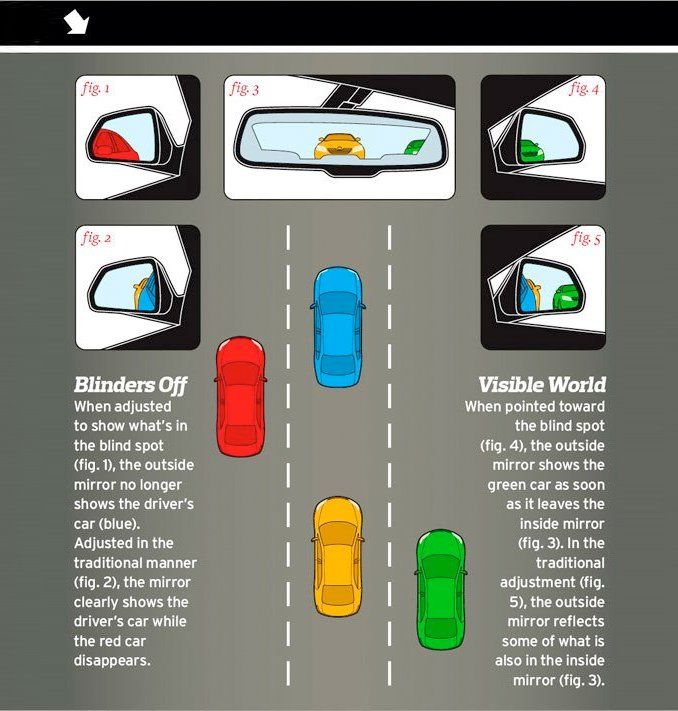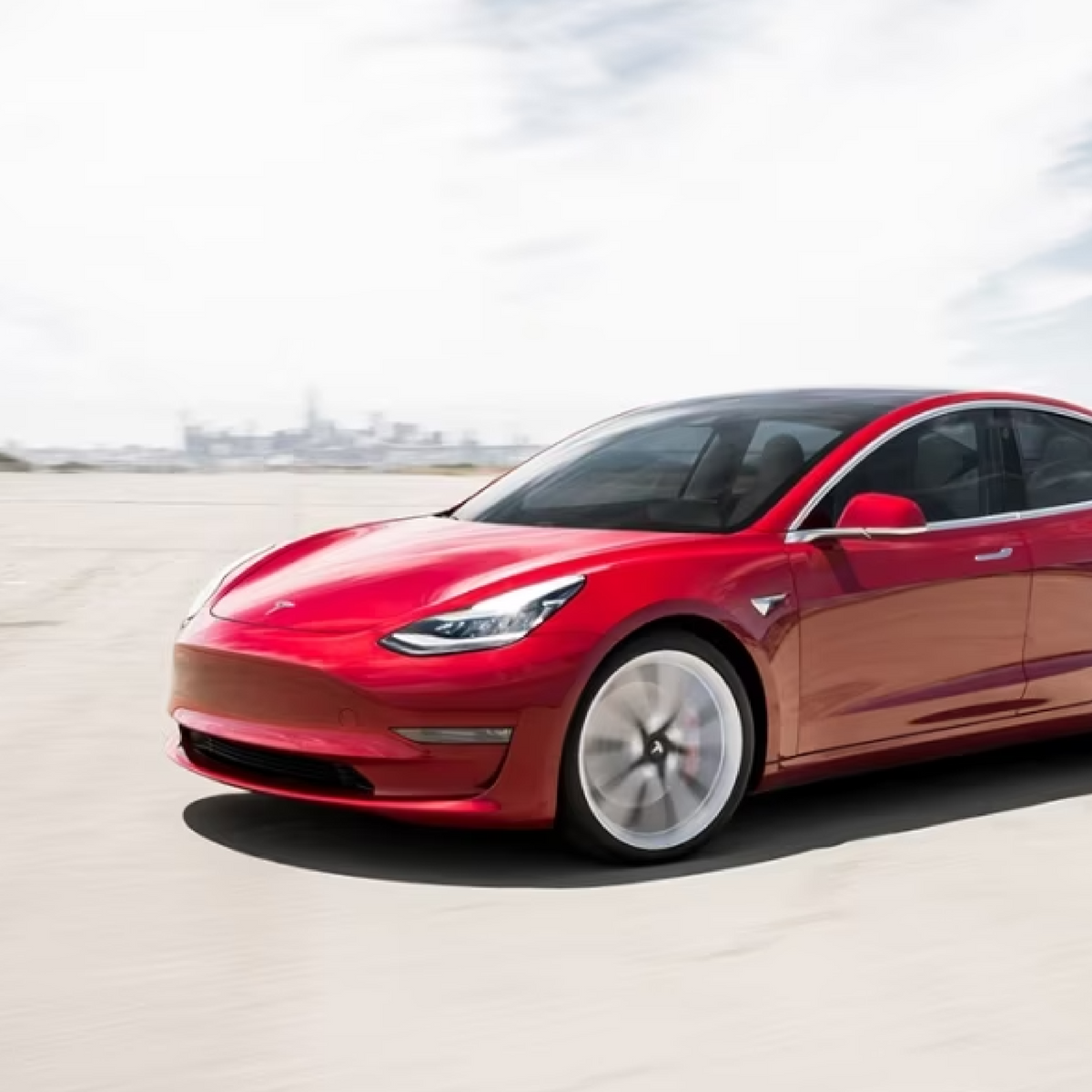I am having a hard time seeing cars in my passenger side blind spot. I am a relatively new M3LR owner, coming from a 2008 Acura TSX sedan that had no cameras, so I am asking for advice on the best practice for seeing cars in my blind spot before changing lanes. My old technique was signal, mirror, over-the-shoulder, go (SMOG), and it served me well in my Acura which had great rear visibility. The M3 has a narrow, partially obstructed rear view, so I have less confidence in my SMOG method. I am unsure how to incorporate the information on the touchscreen display, including the car status area showing a visualization of the road and the window that pops up from the side repeater camera when you engage the turn signal. What is the best way to check these sources of information when changing lanes? I find this is especially difficult when I must quickly move into a passenger side lane. When rushed, how do you use the camera information? In what sequence to you check the various sources of information about cars in your blind spot.
An added question, I have heard that the car status display is supposed to alert you with color changes when you are merging into a lane with a car in the way. I have never seen this in my display.
An added question, I have heard that the car status display is supposed to alert you with color changes when you are merging into a lane with a car in the way. I have never seen this in my display.





